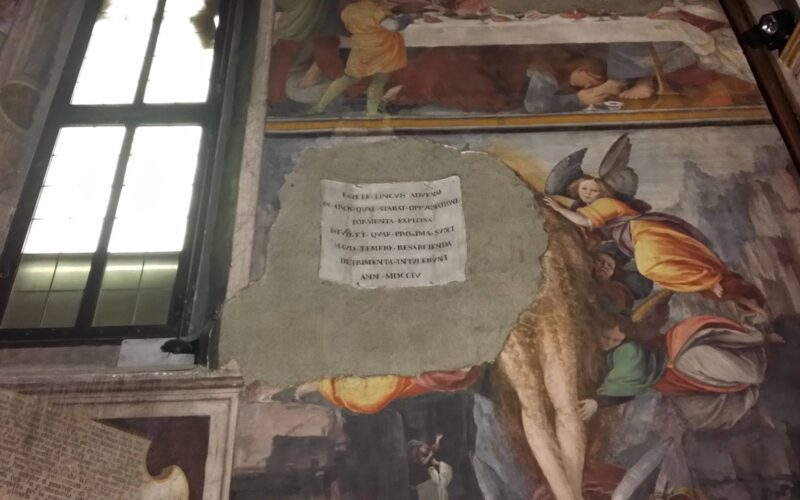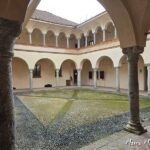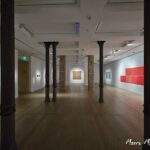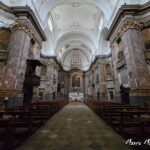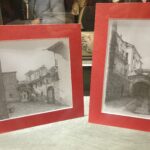In the heart of Vercelli stands the Church of San Cristoforo, a place of worship that conceals within its walls a rich and turbulent history. This building, more than just an architectural structure, is a reliquary of Renaissance art, enriched by the genius of Gaudenzio Ferrari, a painter who lived between 1475 and 1546. His works, created between 1529 and 1534, represent an unparalleled peak in the history of painting, a zenith of human creativity that reveals itself in every brushstroke.
However, the true essence of this article does not lie in the exaltation of Ferrari’s talent, but rather in the story of what has been lost. A detail that escapes the first glance, but which contains within it a story of destruction and oblivion: the remains of the frescoes in the Chapel of Magdalene.
These frescoes, once vivid and expressive, now show the scars of time and history, with grey areas and a striking cartouche. The mystery of these gaps is explained by a tragic event: the French bombardment of the city of Vercelli in 1704, commanded by the Duke of Vendome, Louis Joseph of Bourbon.
The cannon fire of that siege, a conflict that shook the very foundations of the city, destroyed part of these masterpieces, leaving behind only fragments of once whole beauty. Ironically, the rest of the frescoes in the church have remained surprisingly intact, making the awareness of what has been lost even more painful.
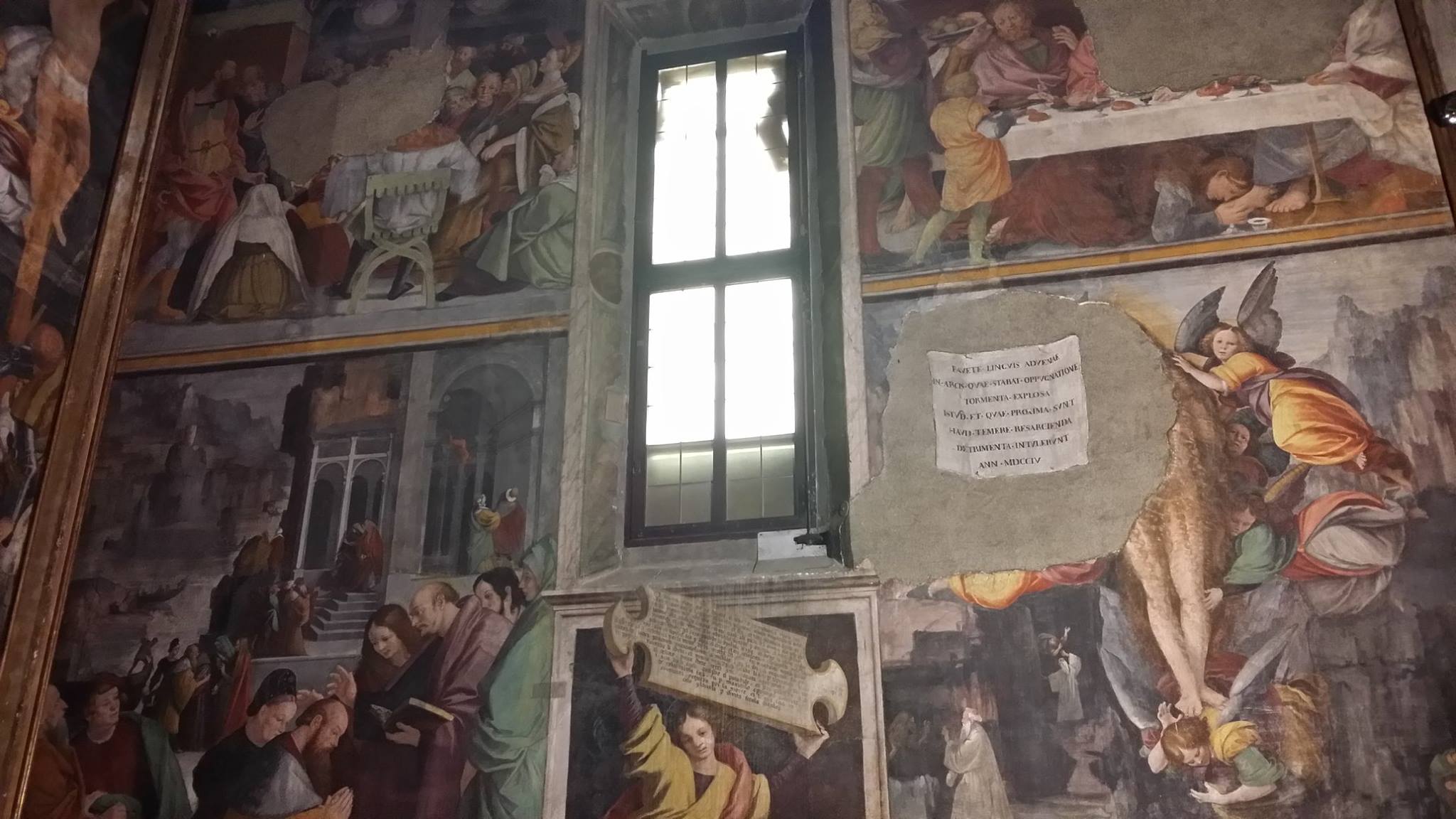
The siege of Vercelli was not just a military event, but a cultural cataclysm. The city suffered incalculable damage, far greater than that caused by the bombings of the Second World War. A note found on the second cover page of a copy of the Statutes of Vercelli, printed in 1841, describes with rawness this tragic event, recalling the city’s investment by the Franco-Spanish troops and its surrender after a siege that lasted weeks.
The story of these frescoes and the siege that destroyed them is a powerful testament to the impact of war on art and culture. For those wishing to delve further into this chapter of history, a detailed text on the iconography of the Siege of Vercelli in 1704 is available on www.academia.edu, an invaluable resource for fully understanding the extent of what has been lost and the price paid by beauty and history.

